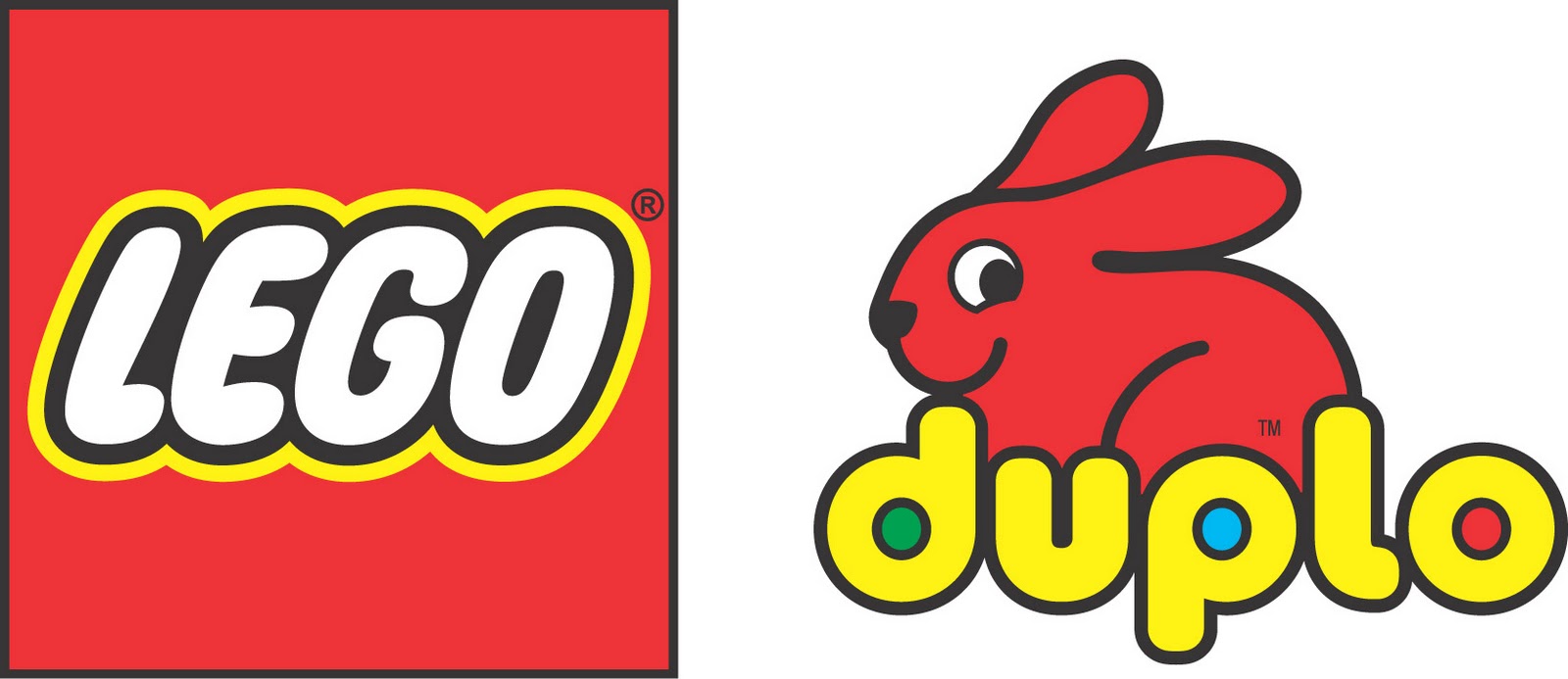LEGO KidsFest in Connecticut This Weekend, State Experiences Company’s Growth, Strength
/
There’s no mistaking the popularity of LEGO. The colorful bricks are ever-present in playrooms, bedrooms, and under couch cushions everywhere. The passion for the colorful bricks will be on display this weekend (Dec. 6-8, 2013) in Connecticut when the LEGO Kidsfest returns to the Connecticut Convention Center in Hartford for a weekend of creativity and construction, concluding the year’s six-city tour, and the first time it’s been back in Connecticut in two years. (Tickets for Saturday are already sold out, with limited availabilities for Friday and Sunday sessions. )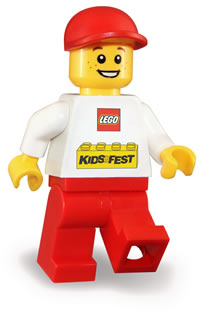
Beyond this weekend’s event, the Connecticut connections to LEGO may be surprising.
The LEGO KidsFest is a nationally-traveling giant LEGO expo held over three days and filled with interactive, creative and educational activities for the whole family. Connecticut is central to the LEGO universe. LEGO Systems, Inc. is the North American division of The LEGO Group, a privately-held, family-owned company based in Billund, Denmark, one of the world’s leading manufacturers of creatively educational play materials for children. The LEGO Kidsfest, however, is produced by LIFE Marketing and Events, located in West Hartford.
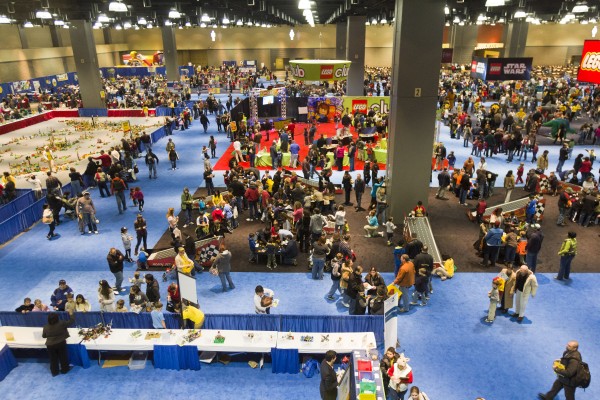 At each tour stop, the LEGO KidsFest partners with national and local organizations and businesses whose products, services and promotional efforts are kid-friendly and beneficial to attendees. Next year, the tour will again run in seven cities: North Carolina: February 28–March 2; Michigan: April 25–27; Alberta, Canada: May 16–18; Georgia: June 27–29; Texas: August 29–31; Virginia: October 3–5; and Indiana: November 7–9. In 2011, the KidsFest was held in five cities, and has steadily grown in popularity. Sellouts have been regular occurrences throughout 2013.
At each tour stop, the LEGO KidsFest partners with national and local organizations and businesses whose products, services and promotional efforts are kid-friendly and beneficial to attendees. Next year, the tour will again run in seven cities: North Carolina: February 28–March 2; Michigan: April 25–27; Alberta, Canada: May 16–18; Georgia: June 27–29; Texas: August 29–31; Virginia: October 3–5; and Indiana: November 7–9. In 2011, the KidsFest was held in five cities, and has steadily grown in popularity. Sellouts have been regular occurrences throughout 2013.
In the new book “Brick by Brick: How Lego Rewrote the Rules of Innovation and Conquered the Global Toy Industry,” published by Crown Business division of Random House, author David C. Robertson points out that Lego “is driven by two desires. The first is to inspire imaginative play and creative expression in as many kids and kids-at-heart as possible, in as many ways as possible.” The second is to out-innovate every company it comes up against.”
The book, which explores Lego’s resurgence from near oblivion over the past two dec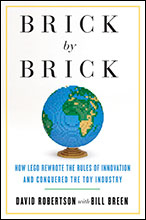 ades, outlines the company’s trials, tribulations (including near-bankruptcy in 2003), innovations and success, observing that “The LEGO Group’s leaders believe that to discover the next big growth opportunity, the company must adhere to a fundamental truth about innovation: the more experiments you launch, the more likely it is that one will strike gold.” KIdsFest is but one example.
ades, outlines the company’s trials, tribulations (including near-bankruptcy in 2003), innovations and success, observing that “The LEGO Group’s leaders believe that to discover the next big growth opportunity, the company must adhere to a fundamental truth about innovation: the more experiments you launch, the more likely it is that one will strike gold.” KIdsFest is but one example.
The company is also expanding is footprint in Connecticut, having announced earlier this year that it was leasing an additional 80,198 square feet in the Enfield Business Park. The company eventually plans to add more than 200 employees.
“We have about 600 employees in Enfield currently, and the space will provide desks for an additional 250 — not all of whom will be hired immediately,” Michael McNally, Lego’s brand manager said in April. The company in 2011 started to reconfigure its former manufacturing space into administrative offices. The building houses workers in finance, human resources, information technology, consumer services, direct-to-consumer retail, as well as Lego Master Builders.
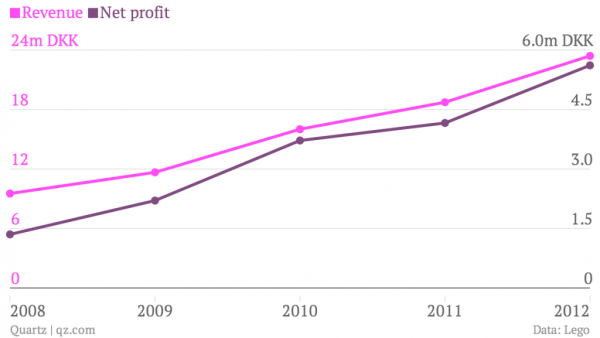 Last month, it was reported that LEGO, already the second-biggest toy maker in the world, after Mattel, is continuing its expansion. In 2014, it will go from having one global headquarters, in Denmark, to five. The company is expanding its offices in London, Singapore, Shanghai and Enfield, Connecticut to form a network of global hubs.
Last month, it was reported that LEGO, already the second-biggest toy maker in the world, after Mattel, is continuing its expansion. In 2014, it will go from having one global headquarters, in Denmark, to five. The company is expanding its offices in London, Singapore, Shanghai and Enfield, Connecticut to form a network of global hubs.
The globe depicted on the cover of Robertson’s book, made of LEGO bricks, of course, is a fitting representation of the company’s growth – with Connecticut playing a noteworthy role.


